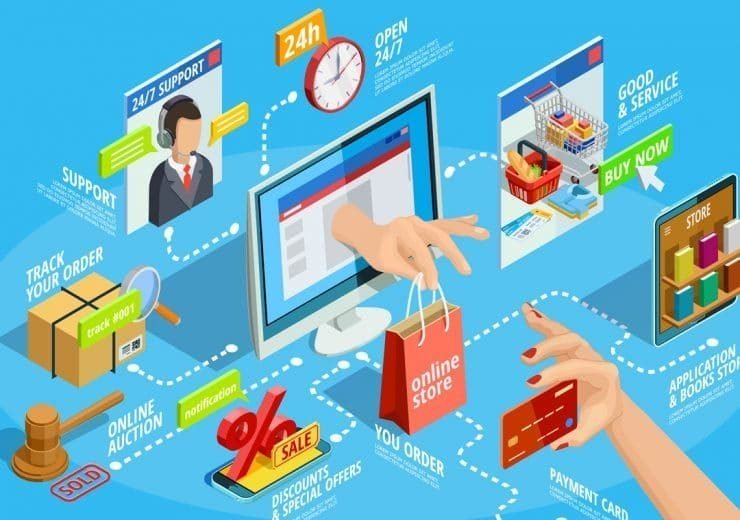The e-commerce market has increased dramatically over the past years globally, which has changed the dynamics of consumer behavior and business models in different sectors. In the same vein, the Middle East and North Africa (MENA) region has witnessed significant development in the e-commerce market.
The behavior of online shoppers has increased, which also led to the rise in the consumption of mobile and digital media because of the Corona Virus pandemic. People are using their devices to fill the social gap globally, and in turn, the consumer demand for personalized shopping experiences has increased.
Do you want to know the country with the highest penetration share? The UAE has the biggest e-commerce penetration share of total retail in MENA in 2017, based on a study.
In this article, we’ll take a look at the statistics and trends that shows that the MENA region is going to be the next humongous growth market for e-commerce.
Trend #1: High-Spending Shoppers
There are high-spending shoppers in the Middle East because it boasts a high per capita income. With this, consumers can spend as much as they want with their high standard of living. For instance, if you need to shop for a phone on Amazon, consumers won’t think twice about it due to the lower price.
E-commerce user penetration in the Middle East and Africa region stood at 54.6% in 2018 and would rise to 58.8% by 2022, based on research. A report even shows that younger people were more likely to shop online in the region.
Trend #2: Favourable Regulations for Online Commerce
In this region, the government actively participates in making it easy for tech businesses to thrive. These regulations make it easy for internet penetration. According to a survey, more than 60% of the population is using the Internet. One of the challenges they’re facing is the lack of area code which could hinder last-mile delivery.
Trend #3: Mobile Application
Many e-commerce sites have transitioned over to mobile applications to attract more customers. Based on research, people in the middle east prefer to shop online through their mobile phones. Thus, retailers have to make their sites mobile-friendly for the consumers to patronize them.
Trend #4: Customer Expectations
With the increase in online capability, customer expectations have risen regarding transparency and customer experience. Consumers tend to shop with brands they trust. They want brands that will keep their private data confidential and payment data secure.
Will you also want to shop with a store that can leak your credit card details? I guess not.
With promotional offers like free returns, consumers take it into consideration when deciding their purchase decisions.
Consumers prefer to do so because they feel they can view as many products as they want without leaving the comfort of their sit. According to research conducted by PwC, 56% of Middle Eastern shoppers were on mobile devices while shopping online.
There you have it! All the trends mentioned above are why the MENA region is popularly touted to be the next humongous growth market for e-commerce.
At Medialinks, often regarded as the best eCommerce website development company in Dubai, we understand the behavior of the ME audiences and can help you create your digital assets as per the requirements of the local consumers. Please schedule a call with us to discuss your project. Email us today at [email protected]












